Succulents are plants with swollen, fleshy, and engorged portions that help retain water in arid regions or soil conditions. Their symmetrical and appealing shapes entice you to play with and pluck their leaves, where their genius resides because this is how they multiply and spread. Cacti are also succulents.
Top Reasons Why You Need a Succulent
- Drought tolerant
- Low-Maintenance
- Pest- Resistant
- Easy To Propagate
- Visually Appealing
Let us talk about succulents now,
Zebra Haworthia
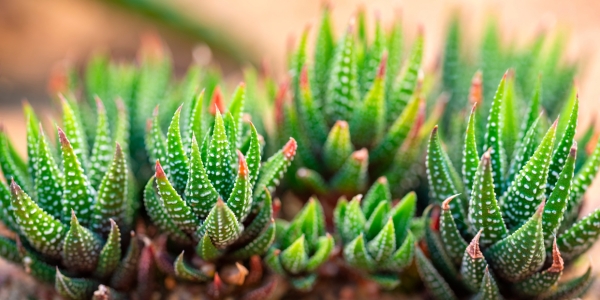
Haworthia Fasciata, popularly known as Zebra Plant, feature thick, dark green leaves with white tubercle bumps on the outer surface that are grouped, giving them a "Zebra" appearance. Furthermore, Zebra plants require little watering and can thrive for many weeks without it. They also look stunning in unique containers or interesting soil combinations, making them ideal for any interior setting.
Euphorbia Lactea
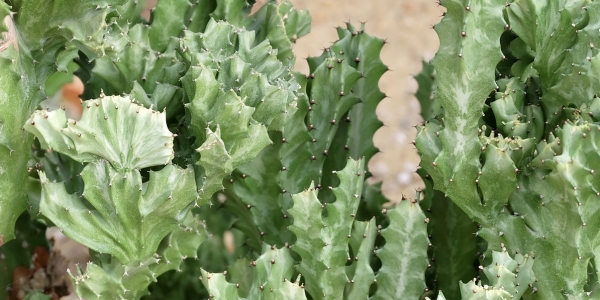
Euphorbia Lactea Cactus, also known as the ‘False Cactus’, is a slow-growing, thickly branching, woody shrub. It features oval-shaped leaves and dense greenish stems studded with sharp, spiky thorns. Additionally, clusters of two to eight blooms are formed at the tops of green stalks. This plant features brightly coloured bracts (modified leaves) that imitate petals and give the Euphorbia its colourful appearance, while the genuine flowers are modest.
Pigmyweeds (Crassula)
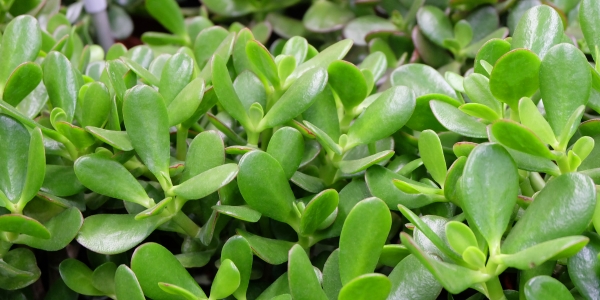
Crassula is a succulent plant genus with over 300 small and large species, including the emerald green jade (Crassula ovata). Crassula plants can range from annual to perennial, herbaceous or woody, groundcovers, shrubs, and small trees. When these succulents are dry, water them thoroughly and let them dry before watering again. Fertiliser is not required. However, you can use cacti-specific fertiliser once a year in the summer.
Agave

Most Agave species have succulent leaves with sharp marginal teeth, an exceedingly sharp terminal spine, and a highly fibrous interior. The sturdy stem is frequently relatively short, making the plant appear stemless. During flowering, a tall stem or "mast" emerges apically from the centre of the rosette, bearing many small, tubular flowers.
Pincushion Cactus

It features thick stems, many spines, and brightly coloured flowers. It is famous as a houseplant, with over 200 varieties and cultivars. This plant thrives in full sun or bright direct light, although it also benefits from afternoon shade in hot weather. Grow in a well-drained cactus mix; adding grit for extra drainage is beneficial, but these are hardy plants that can withstand various situations. Stop watering during the winter and relocate to a colder place to promote blooming in the spring.
Here are a few tips on how to take care of your succulent plants at home:
Bright light is essential for all succulents:
Succulents love bright sunlight as they are essentially plants of the desert.
Watering:
Succulents prefer watering once a week or when the top layer of the soil is dry to the touch.
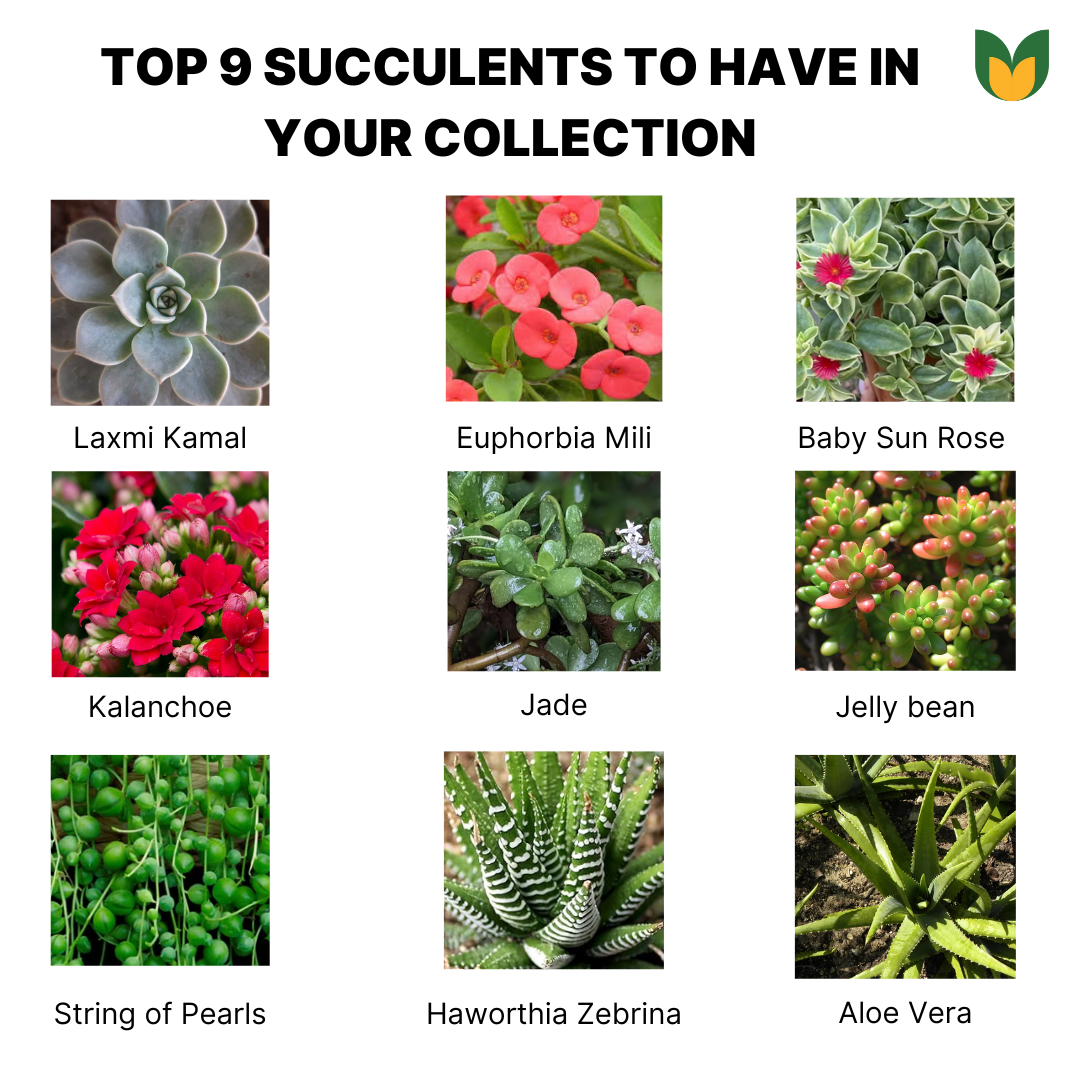
Conclusion
Bringing succulents to your home garden will add another layer of versatility to your home and bring more variety. Comment down below what more do you want to know about succulents!
If you like reading this, you might read:
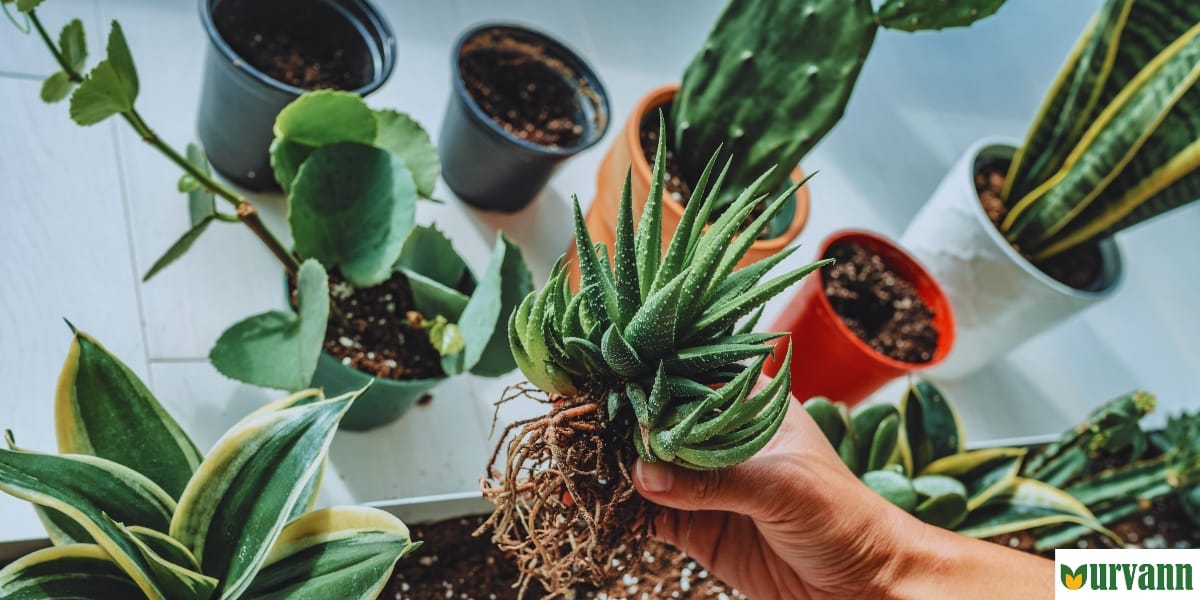

0 Comment